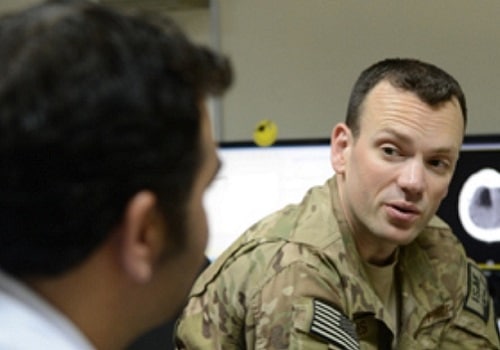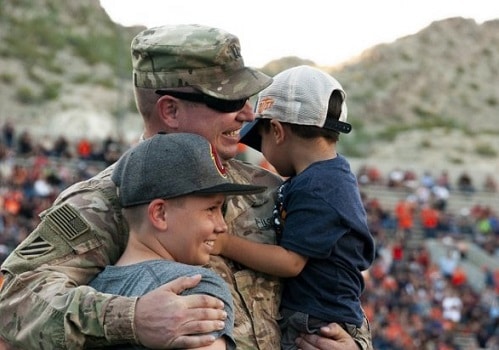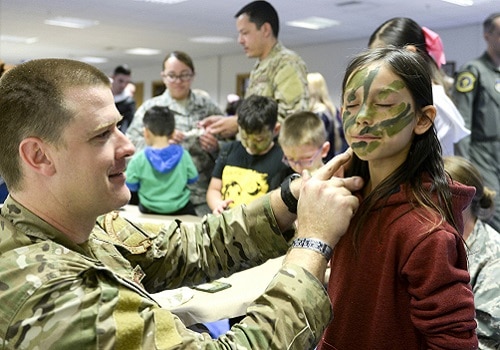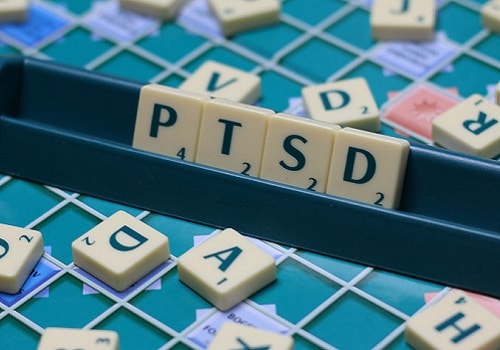Post Traumatic Stress Disorder (PTSD) Awareness Day is observed every year on June 27th. The condition has not always been properly recognized or understood by the medical and military community and is still not something we fully understand. But we are learning and we’re breaking down the stigma that surrounds PTSD and mental health in the military, and that’s a step in the right direction.
PTSD Awareness Day was founded in 2010, thanks to the efforts of Senator Kent Conrad of North Dakota. Conrad pushed for the day of recognition following Staff Sergeant Joe Biel’s suicide in 2007. June 27th, Biel’s birthday, was chosen as the day of observation. In 2014, the U.S. Senate designated the entire month of June, not just June 27th, as National PTSD Awareness Month.
What Is PTSD?
Post Traumatic Stress Disorder, as defined by the Mayo Clinic, is a mental health condition that’s triggered by a terrifying event — either experiencing it or witnessing it. PTSD symptoms include but are not limited to flashbacks, nightmares and severe anxiety, as well as uncontrollable thoughts about the traumatic event(s).

While most, if not all, people have a period of difficulty following traumatic events, those with PTSD have a much more intense and prolonged experience.
Who Has PTSD?
It’s not obvious as to who is suffering from PTSD. Someone struggling with symptoms may not look or act any differently than anyone else, so it can be difficult to realize.

While the exact number is unknown, the U.S Department of Veterans Affairs estimates that roughly eight million people in the United States are currently dealing with PTSD. The VA also estimates that up to 30% of Vietnam Veterans, 12% of Gulf War Veterans, and 11-20% of Operation Iraqi Freedom and Enduring Freedom have been or are currently affected by PTSD.
What Can I Do?
If you or a loved one are experiencing PTSD symptoms, please seek help immediately. You can also call the Suicide Crisis Hotline (1-800-273-8255) which has specific resources for Veterans, or the Veteran’s Crisis Hotline confidential cha

The Department of Veterans Affairs also has a number of great ways to help spread the word and help people understand PTSD. With a comprehensive list of outreach ideas, educational presentations, and even a PTSD awareness month calendar, there are plenty of ways to help inform yourself and others.
They also have great information on local mental health services to help you or a loved one find the help they need.
PTSD is one of the uglier realities of military life. It’s not something we as a community love talking about, but it’s something we need to talk about. For those out there suffering from PTSD, there’s nothing weak about getting help. In fact, getting help is the strongest thing you can do.
More on the Challenges of PTSD:
Solutions for Your Military Family:
Life Insurance, Wealth Management, Home Mortgages, Survivor Services, and more.



